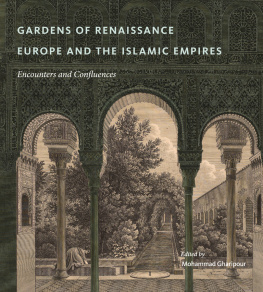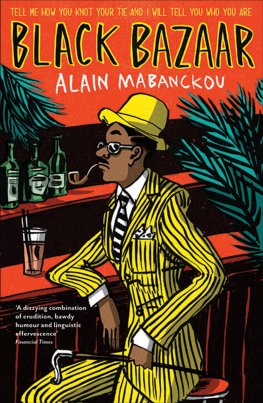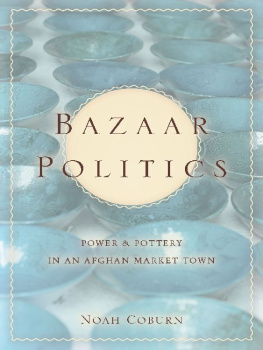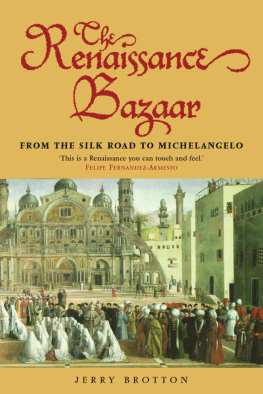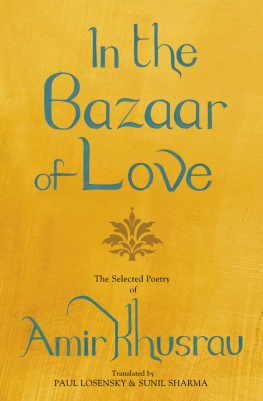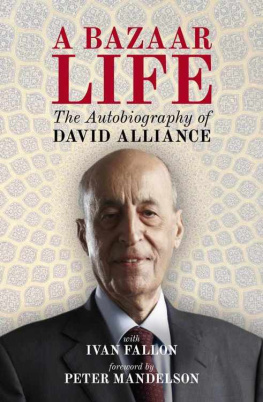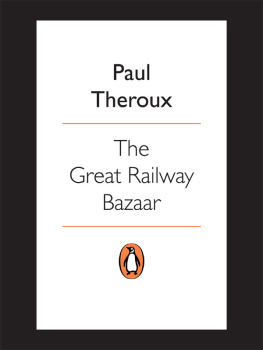


Copyright 2012 by
The American University in Cairo Press
113 Sharia Kasr el Aini, Cairo, Egypt
420 Fifth Avenue, New York, NY 10018
www.aucpress.com
All rights reserved. No part of this publication may be reproduced, stored in a retrieval system, or transmitted in any form or by any means, electronic, mechanical, photocopying, recording, or otherwise, without the prior written permission of the publisher.
Chapter 4 was developed from Formation of the Historical Commercial Centre in Bursa, the First Capital City of Ottoman Empire, World Applied Sciences Journal 4, no. 3 (2008): 34348, and investigation of the Change and Transformation Period of Bursa Khans region Due to the Physical and socio-Economic Properties, (RE/DE) Constructions in Architecture , Proceedings of the 4th international Conference of livable Environments and Architecture, Karadeniz Technical University Faculty of Architecture, Trabzon, July 911, 2009. Reproduced by permission.
Chapter 11 was derived from Modernizing Yazd: Selective Historical Memory and the Fate of Vernacular Architecture (Costa Mesa, CA: Mazda Publishers, 2006). Reproduced by permission.
Dar el Kutub No. 11214/11
IS BN 978 977 416 529 0
Dar el Kutub Cataloging-in-Publication Data
Gharipour, Mohammad
The Bazaar in the islamic City: Design, Culture, and History/ Mohammad Gharipour.Cairo: The American University in Cairo Press, 2012
p.cm.
ISBN 978 977 416 529 0
1. Bazaars (Markets) I. Islamic Countries
725.21091767
1 2 3 4 516 15 14 13 12
Designed by Adam el-Sehemy
Contents
Table
Figure
Between pages XX and XX.
Plate
Naseer Arafat is an architect and development and planning specialist in Nablus. He has studied at the universities of Birzeit and York as well as at the Bartlett School at University College London. He has supervised several conservation and urban regeneration projects in Jerusalem, Nablus, Hebron, Ramallah, and al-Bireh, and a number of villages in the West Bank. His international experience has been consolidated through study projects in London, Fez, Dar al-Salam, Istanbul, and Stone Town in Zanzibar. Arafat has coordinated and led architectural surveys of Palestine in association with organizations including the World Bank and the Palestinian ministries of Local Government and Planning. Arafat is the founder of the Cultural Heritage Enrichment Center in Nablus and an elected member of the Museum with No Frontiers Scientific Committee.
zlem Kprl Babanc is an associate professor at Uluda University, where she teaches courses on historic preservation, conservation, and the rehabilitation of historical sites. She studied at Istanbul Technical University, where she received a bachelors degree in architecture and a masters degree in restoration. She received her PhD in restoration from Yildiz Technical University, writing her thesis on the historical Bursa trade center. Babanc has published several articles, conference proceedings, and book chapters on restoration and conservation of cultural heritage, both in Turkey and abroad. Babanc has worked as an architect and an expert on the revitalization and rehabilitation of historical sites and restoration of Ottoman monuments such as Inebey Madrasah. Babanc is currently working on a conservation project of the Muradiye Tombs, Iznik Lefke Gate in Bursa, and conducting research on physical, chemical, and mechanical properties of some early Ottoman monuments in Bursa.
Andrea Duranti is a researcher in the history of political sciences and international relations. He received his PhD in Asian and African history from the faculty of political science at the University of Cagliari with a dissertation entitled Exile, Memory and Freedom: The Iranian Diaspora between Intellectualism and Exilliteratur. He is author and editor of several articles and books, on subjects ranging from the history of Iranian and Islamic political thought to gender studies and womens writings, from the history of the Middle East and Southeast Asia to comparative literature. Durantis recent publications include Il rosso e il nero e la rivoluzione della modernit: breve storia del pensiero iraniano contemporaneo , the Italian edition of Dynamite of the Soul: Martyrdom, Islam and Nihilism, and the co-edited conference proceedings of Voci dal Mediterraneo: Riflessi dOriente.
Fatema Soudavar Farmanfarmaian is an independent researcher and a fellow trustee of the Soudavar Memorial Foundation, a member of the Executive Board of the Society for HellenicIranian Studies, and a permanent member of the Ancient India and Iran Trust. Her publications in Persian include a book on economic development and environmental conservation and several articles on related subjects. She also wrote an introductory biography of her late husband, Abdolali Farmanfarmaian, for the since-banned reprint of his book of novellas, Sabeqieh . She has also published journal papers on subjects as diverse as the history of cosmetics in the Iranian world, GeorgianIranian cultural relations throughout history, a biography and memoir of Princess Mariam Firuz, vanished Persian gardens, and specific episodes of Iranian history, especially of Khorasan in the Qajar era.
Mohammad Gharipour is an assistant professor at the School of Architecture and Urban Planning at Morgan State University. He obtained his masters in architecture from the University of Tehran and PhD in architecture and landscape history at Georgia Institute of Technology. He has taught at Southern Polytechnic State University, Georgia Institute of Technology, and the University of North Carolina at Charlotte. As the recipient of the Hamad Bin Khalifa Fellowship in Islamic Art in 2007 and the Spiro Kostof Fellowship Award from the Society of Architectural Historians in 2008, Gharipour has published extensively on architectural history. His book Persian Gardens and Pavilions is currently under publication by IB Tauris in London. He is presently co-editing two books on calligraphy in Islamic architecture and non-Muslim sacred sites in Islamic societies. Gharipour is the director and founding editor of the International Journal of Islamic Architecture .
Anna Madoeuf is currently a professor of geography at Tours University, the head of the masters program in Spaces and Societies of the Arab World. She obtained her PhD with a dissertation entitled Images and Practices of the Old City of Cairo: The Meanings of the City at Tours University in France in 1997. She was formerly in charge of the Cairo urban studies department at the French Center in Social Sciences located in Cairo. In addition to several journal papers and book chapters, she has recently published two co-edited volumes: Les plerinages au Maghreb et au Moyen-Orient. Espaces publics, espaces du public and Divertissements et loisirs dans les socits urbaines lpoque moderne et contemporaine .
Franck Mermier is an anthropologist and director of research at the Institut Interdisciplinaire dAnthropologie du Contemporain in Paris (CNRS-EHESS). He obtained his PhD in anthropology in 1988 from the Ecole des Hautes Etudes en Sciences Sociales, Paris, after conducting fieldwork research in Sanaa from 1983 to 1986. He served as the director of the Centre Franais dEtudes Ymnites in Sanaa from 1991 to 1997 and director for Contemporary Studies at the Institut Franais du Proche-Orient. His research on Yemeni society and urban societies in the Arab world resulted in several publications such as Le cheikh de la nuit: Organisation des souks et socit citadine and Le livre et la ville: Beyrouth et ldition arabe . Mermier is the co-editor of Ymen: Le tournant rvolutionnaire , Cities of the South: Citizenship and Exclusion in the XXI Century , and Mondes et places du march en Mditerrane .
Next page


